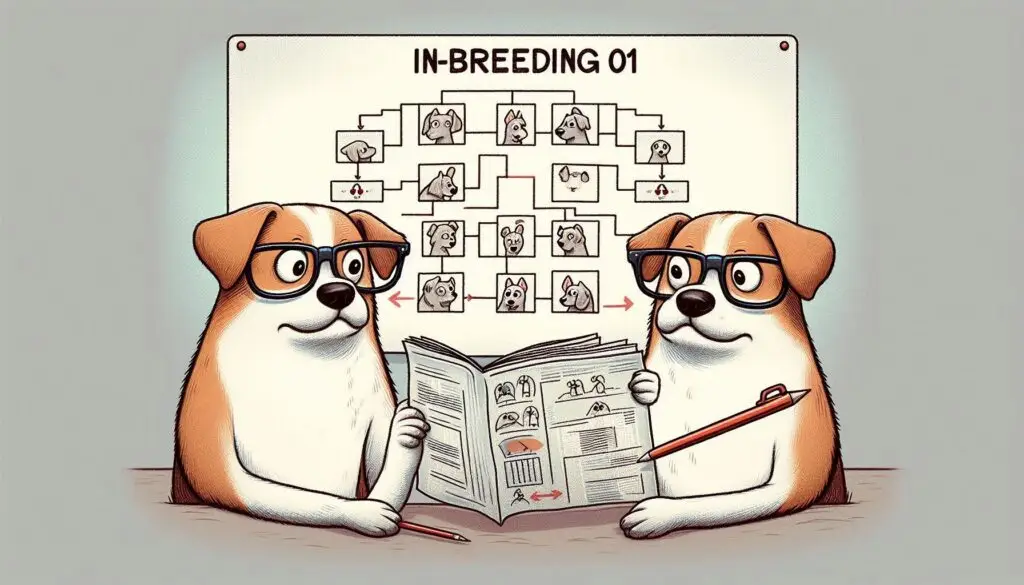Upgrading in Livestock Breeding

Introduction
Upgrading is a vital strategy used in livestock breeding to enhance specific traits within a population. By crossing individuals from different breeds, breeders aim to incorporate desirable characteristics while maintaining certain breed traits. This article delves into the process of upgrading, its benefits, and how it can be effectively implemented in livestock management.
Understanding Upgrading
What is Upgrading?
Upgrading refers to the practice of improving the genetic quality of livestock through selective breeding. This involves crossing purebred individuals with those from another breed to produce offspring that exhibit improved traits. The goal is to enhance productivity, health, and adaptability while preserving the unique characteristics of the original breed.
Importance of Upgrading
The livestock industry faces numerous challenges, including climate change, disease outbreaks, and changing market demands. Upgrading offers a solution by improving genetic diversity and resilience among livestock populations. Enhanced traits can lead to better performance, increased profitability, and sustainable farming practices.
The Process of Upgrading
Step 1: Assessing Current Breeds
Before initiating an upgrading program, it is essential to evaluate the current breeds within your operation. Consider their strengths and weaknesses in terms of productivity, health, and adaptability. This assessment will help identify which traits need improvement.
Step 2: Selecting Breeds for Crossbreeding
Choosing the right breeds for crossbreeding is crucial. Select breeds that complement each other in terms of desirable traits. For example, if one breed excels in milk production but lacks disease resistance, pairing it with a hardier breed can yield offspring that perform better overall.
Step 3: Implementing Crossbreeding Strategies
There are several crossbreeding strategies that can be employed:
- Two-Breed Cross: This involves crossing two different breeds to maximize hybrid vigor.
- Rotational Cross: Two breeding lines are maintained, allowing for continuous hybrid vigor across generations.
- Terminal Sire Cross: A crossbred female is mated with a terminal sire from a different breed, maximizing hybrid vigor but not retaining breeding females.
These strategies can be tailored based on specific goals and resources available.
Step 4: Evaluating Offspring Performance
After crossbreeding, it is important to evaluate the performance of the offspring. Monitor key performance indicators (KPIs) such as growth rate, reproductive success, and disease resistance. This evaluation will inform future breeding decisions.
Step 5: Backcrossing for Trait Reinforcement
In some cases, backcrossing upgraded offspring with one of the parent breeds can reinforce desirable traits while minimizing any loss of breed characteristics. This step helps stabilize improvements over generations.
Benefits of Upgrading
Enhanced Genetic Diversity
One of the primary benefits of upgrading is increased genetic diversity within livestock populations. This diversity helps improve resilience against diseases and environmental changes.
Improved Productivity
Upgraded animals often exhibit enhanced productivity metrics compared to their purebred counterparts. For instance, crossbred cattle may produce more milk or grow faster than their purebred peers.
Economic Viability
Farmers can achieve better yields and profitability by utilizing upgraded breeds that meet market demands more effectively. Improved traits can lead to lower production costs and higher returns on investment.
Best Practices for Implementing Upgrading
Develop a Breeding Plan
Creating a comprehensive breeding plan is essential for successful upgrading. This plan should outline specific goals, selection criteria, and timelines for achieving desired outcomes. Consider factors such as feed quality, health management practices, and environmental conditions when developing your plan 1.
Utilize Technology for Genetic Selection
Advancements in technology have made it easier to select animals based on their genetic potential. Tools such as Estimated Breeding Values (EBVs) allow breeders to make informed decisions about which animals to retain for breeding 2.
Monitor Health and Nutrition
While upgrading focuses on genetic improvement, it is equally important to maintain optimal health and nutrition for livestock. Healthy animals are more likely to express their genetic potential fully.
Record Keeping
Maintaining accurate records of breeding decisions and animal performance is crucial. A simple paper-based or electronic system can help track progress and identify areas for improvement 3.
Engage with Experts
Consulting with animal breeding specialists or veterinarians can provide valuable insights into effective upgrading strategies. Their expertise can help tailor your approach based on specific challenges faced by your operation 4.
Challenges of Upgrading
Genetic Incompatibility
One challenge of upgrading is the potential for genetic incompatibility between different breeds. Careful selection is necessary to avoid undesirable traits that may arise from crossbreeding.
Initial Costs
Implementing an upgrading program may require significant initial investment in new genetics or technology. However, these costs are often offset by long-term gains in productivity.
Management Complexity
Managing a diverse genetic population can be complex. It requires careful planning and monitoring to ensure that breeding goals are met without compromising animal welfare or overall farm productivity.
Conclusion
Upgrading is a powerful strategy in livestock breeding that allows producers to enhance specific traits while maintaining essential breed characteristics. By carefully selecting breeds and managing crossbreeding practices, livestock producers can create animals that not only perform better but also contribute positively to sustainability and economic viability in agriculture.
For more information on effective breeding strategies and their implementation in livestock management, consider exploring resources such as Creating a Breeding Plan or Breeding Strategies for Improving Smallholder Dairy Cattle Productivity.
More from Genetics and Animal Breeding:
Coefficient of Inbreeding






Responses